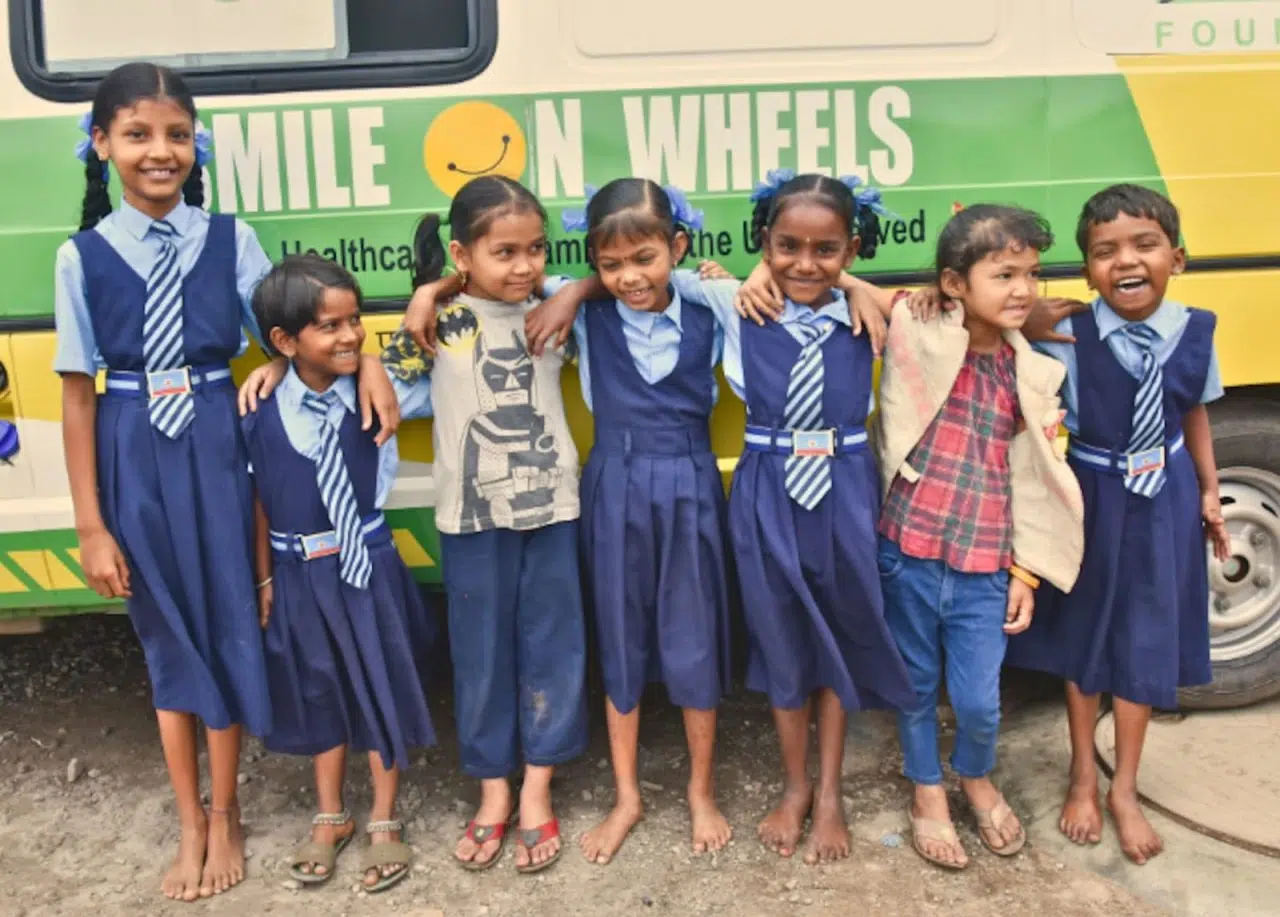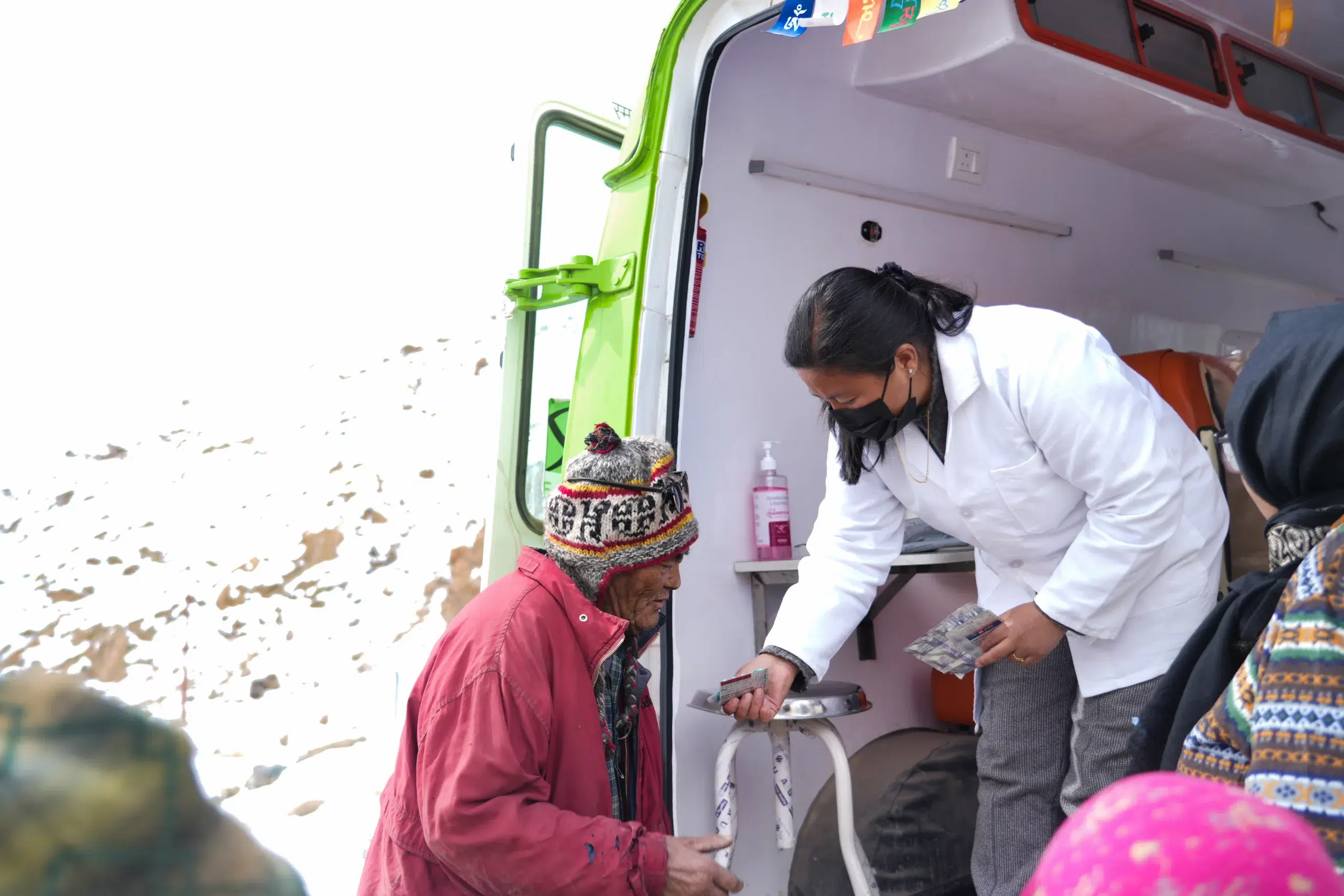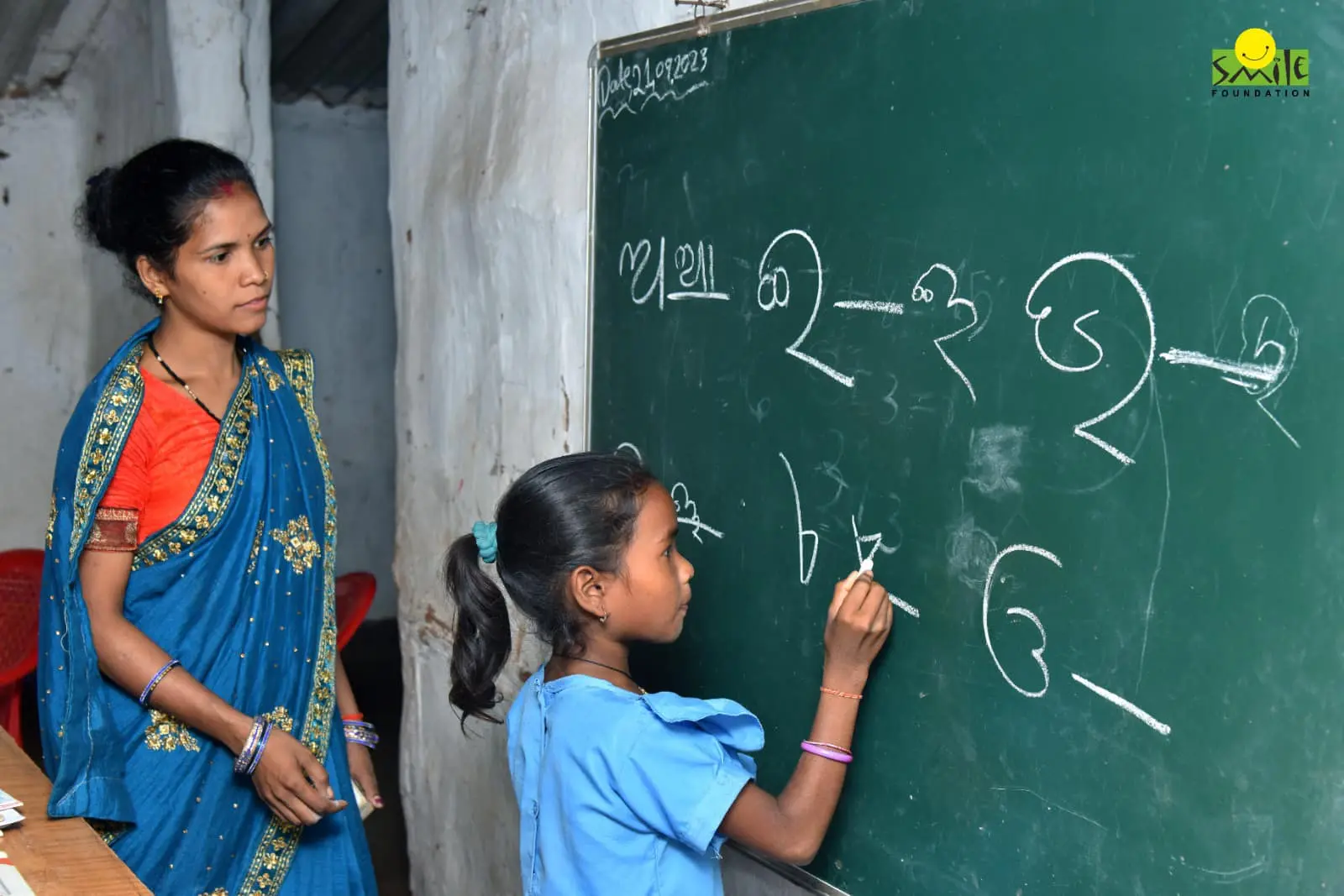“Gender equality is more than a goal in itself. It is a precondition for meeting the challenge of reducing poverty, promoting sustainable development and building good governance.”
-Kofi Annan, Former Secretary-General of the United Nations
The gender gap is one of the most persistent global inequalities, affecting millions of women and girls across the world. While strides have been made in promoting gender equality, critical gaps remain that hinder progress in almost every sphere of life—education, healthcare, employment, politics and even safety.
Women and girls continue to face discrimination, violence and limited opportunities simply because of their gender. Addressing these gaps requires not just a national effort but a coordinated global action plan. Without urgent and meaningful intervention, the world risks perpetuating a cycle of inequality that will hinder sustainable development for generations.
The Gender Gap: A Snapshot
The statistics surrounding gender inequality paint a stark picture of how deep-rooted the problem is. A 2024 report by UN Women and the UN Department of Economic and Social Affairs shows progress in gender equality and women’s empowerment worldwide. Women now hold one in four parliamentary seats, a big increase from the last decade. However, the report reveals that none of the targets for UN Sustainable Development Goal (SDG) 5, which focuses on gender equality, are being met.
According to the World Economic Forum’s Global Gender Gap Report 2023, it will take 131 years to close the gender gap at the current rate of progress. That’s more than a century before women worldwide will enjoy the same opportunities as men. It could take 137 years to lift all women and girls out of poverty. Additionally, about 1 in 4 girls are still married as children.
The gender pay gap exists globally with women earn 20% less than men on average. Nearly 129 million girls remain out of school, with most in developing countries where cultural, financial, and social barriers impede their right to learn. These numbers highlight the urgency of addressing gender inequality at a global scale.
Gender Inequality in the Workforce
Worldwide, more than 2.7 billion women face legal restrictions that limit their access to the same job opportunities as men. Women face higher unemployment rates, are often confined to lower-paying jobs and are severely underrepresented in leadership roles. The COVID-19 pandemic further exacerbated these disparities, with women disproportionately affected by job losses and reductions in working hours. Women working in informal sectors, particularly in developing nations, suffered the worst, as they had little to no social protection or labor rights to fall back on.
Moreover, unpaid care work, performed nearly four times more by women than men, limits their participation in the formal workforce, yet remains undervalued and invisible in economic metrics. Addressing this gender imbalance is essential to achieve inclusive, sustainable global economic recovery.
Education and Health: Critical Areas for Action
Education and healthcare are important arenas where gender gaps have lasting impacts. Besides improving their future prospects, educating girls has broader societal benefits, such as reduced poverty and enhanced economic productivity. However, significant disparities persist, particularly in regions like Sub-Saharan Africa and South Asia, where girls face challenges such as child marriage and cultural norms that prioritize boys’ education. UNESCO warns that 11 million girls risk not returning to school following COVID-19 closures, worsening the education gap.
In healthcare, gender inequities exist as inadequate access to services and poor maternal health outcomes. Many women struggle to obtain reproductive healthcare, contributing to high maternal mortality rates in low-income countries. In 2020, UNICEF reported approximately 287,000 preventable maternal deaths. Addressing these disparities requires a robust global health initiative focused on enhancing women’s health services and ensuring quality care access for all.
Gender-Based Violence: A Global Crisis
Gender-based violence (GBV) remains one of the most widespread human rights violations, with one in three women globally experiencing physical or sexual violence from a partner or non-partner in their lifetime. It is both a consequence and a driver of gender inequality. GBV affects women across all social, economic and cultural backgrounds, impacting their education, employment and mental and physical health, often trapping them in cycles of poverty and dependency.
Several legal reforms have been enacted globally to combat GBV issues. In countries where laws against domestic violence exist, the rates of intimate partner violence are lower—9.5% in countries with such laws compared to 16.1% in those without. However, societal norms continue to perpetuate inequality and legislation alone is insufficient. To combat this crisis, global action is needed to enforce stricter laws, provide safe spaces for survivors and work on changing societal attitudes that enable violence.
Political Participation and Leadership
Despite comprising half of the global population, women are significantly underrepresented in political decision-making, holding only 26.7% of parliamentary seats worldwide—far from achieving gender parity. This lack of representation impacts long-term policy decisions, especially those concerning gender equality. When women participate in leadership, issues like family leave, reproductive rights and gender-based violence gain priority. Ensuring women’s equal voice in governance is essential for advancing gender equality.
The Bottom Line
Closing the gender gap requires a coordinated global effort. International organisations, governments, civil society and the private sector must collaborate on inclusive policies to dismantle structural inequalities. Key strategies include economic empowerment, legal reforms and gender-sensitive education. Additionally, promoting work-life balance, equal pay, and combating gender-based violence are essential to achieving the UN’s SDG 5 by 2030.
Gender equality is not just a women’s issue—it is a societal one that affects every facet of life, from economic growth to health and education. Achieving gender parity will unlock human potential on an unprecedented scale, leading to stronger communities and more resilient economies. However, meaningful change will only happen if global leaders, policymakers and citizens alike commit to bold, immediate actions. The path to gender equality is long, but with collective effort, it is within reach.
Our Work
Smile Foundation’s Women Empowerment programme Swabhiman tackles some of the critical issues related to gender equality, providing resources and training to help women achieve economic independence and improve their social standing. By focusing on education, skills development and financial literacy, the programme equips women, particularly in underserved communities, to become active contributors to their families and society.
In line with closing gender gaps, Smile Foundation works to dismantle the barriers women face, from limited education access to restrictive job opportunities. Through targeted initiatives, it also raises awareness about health, safety and rights, promoting a holistic approach to empowerment. Through practical training and hands-on support, Smile Foundation’s initiatives go beyond traditional aid, creating lasting change by encouraging entrepreneurship, confidence and community leadership among women. This approach not only uplifts individuals but also builds a network of empowered women who can inspire and mentor others, transforming entire communities from within.









